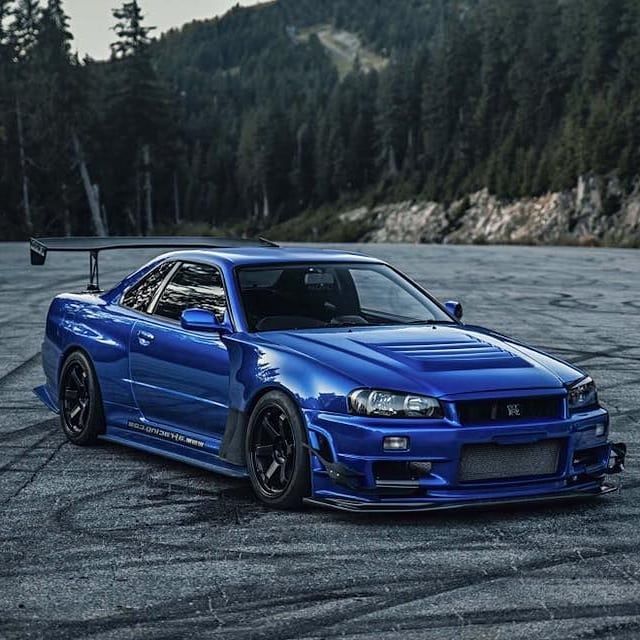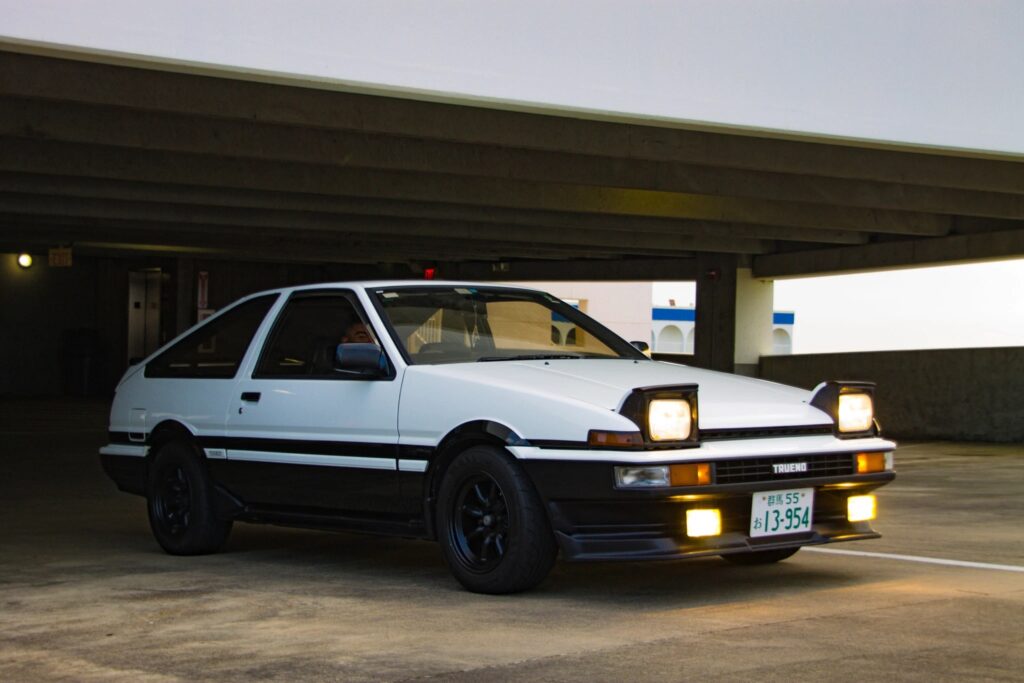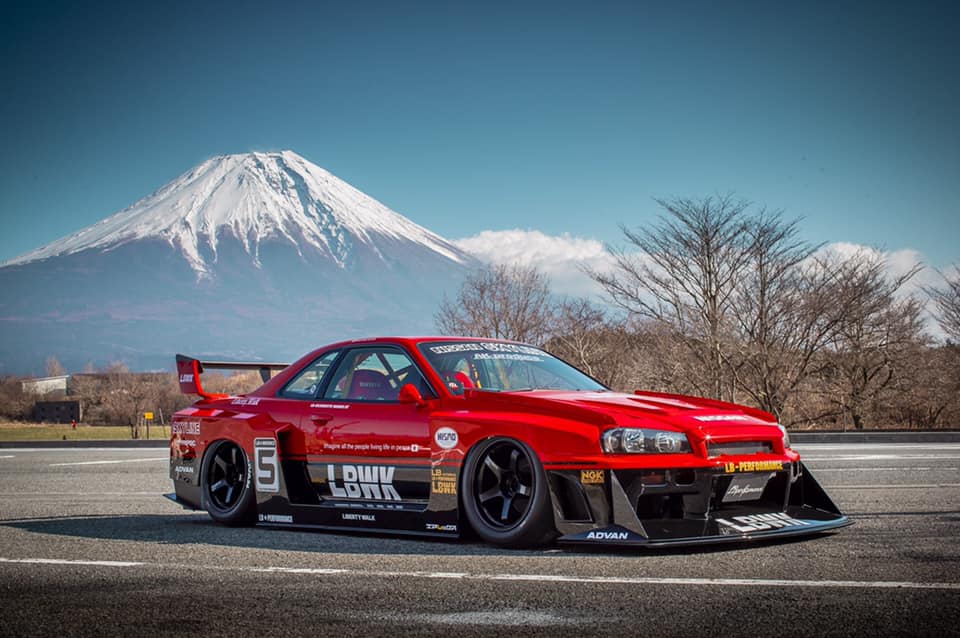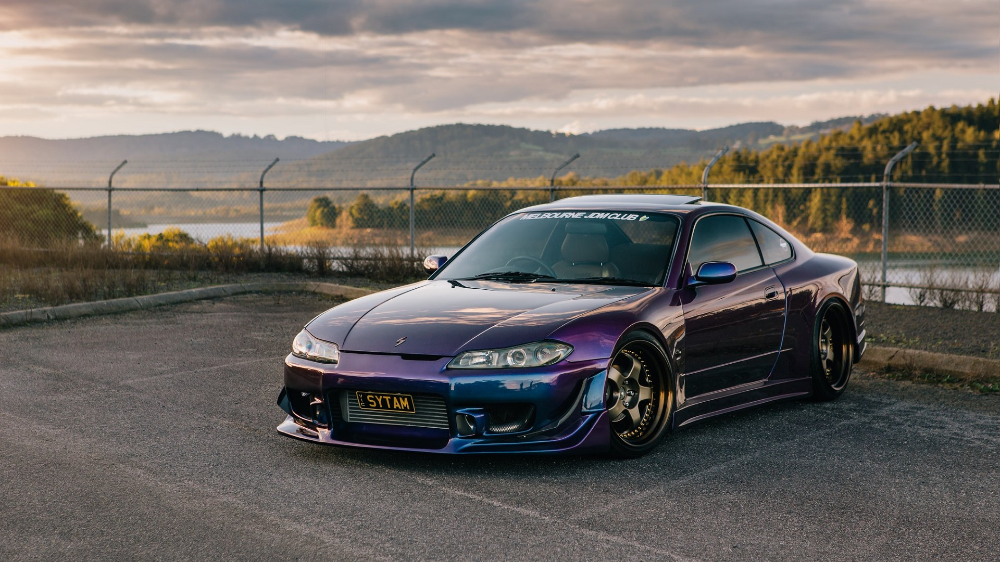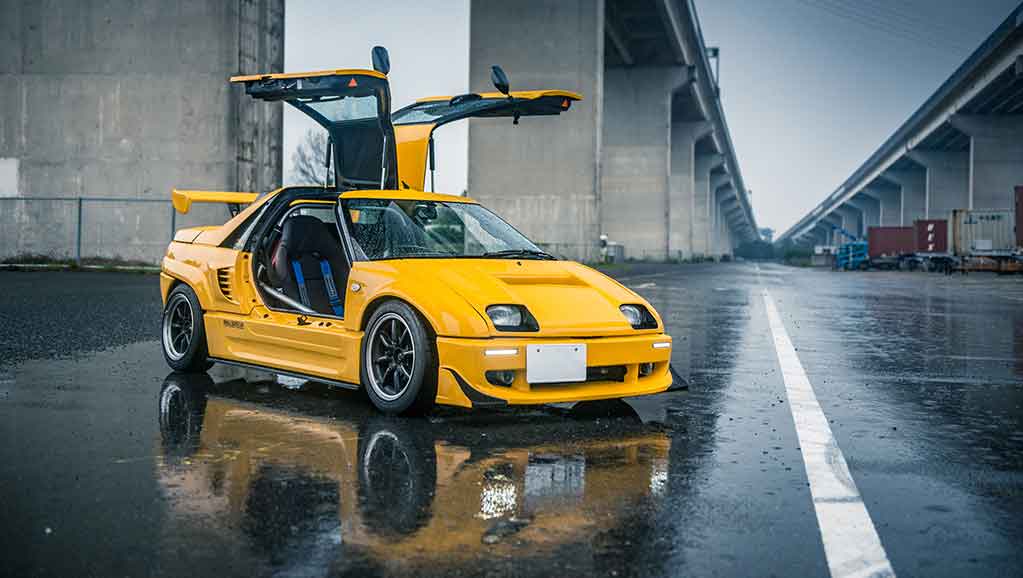The Story Of The Nissan Skyline GT-R Through The Years
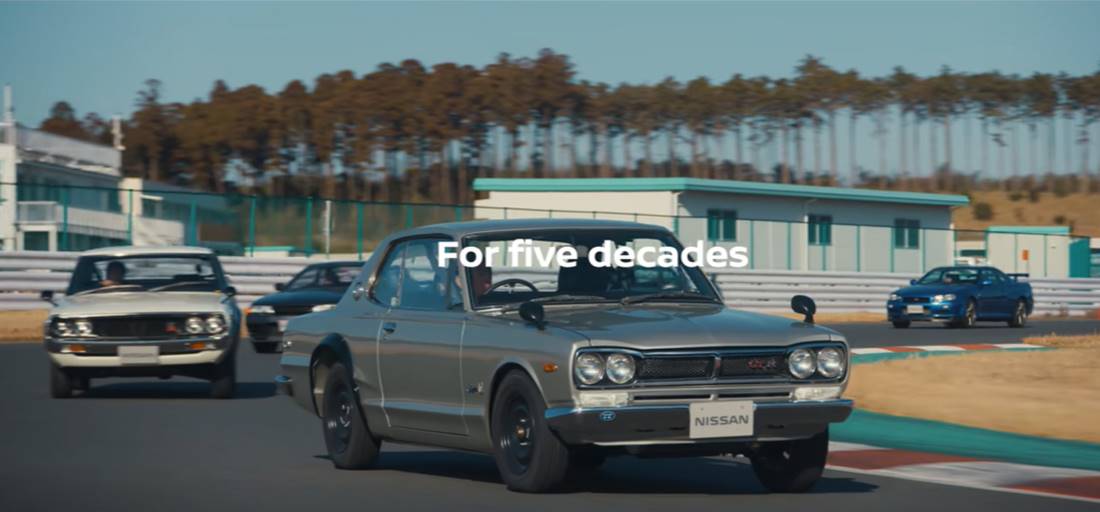
The Nissan Skyline GT-R is one of the highest-performance cars of all time, loved by car enthusiasts, professional racers, and auto fans around the world. However, the Skyline GT-Rs are not generally popular due to their rarity outside of the Japanese region.
Despite this, the car model has become one of the legendary icons in popular culture, appearing in games like Gran Turismo, and the comic book Initial D. It has appeared in no less than 6 movies of Fast & Furious.
Like the mythical Japanese creature, the sports car from Nissan is capable of going up against any supercar. The car is now 50 years old and Nissan has just launched the new R35 Nissan GT-R Anniversary Edition to celebrate this milestone. Let’s learn more about the development history of the Nissan Skyline GT-R with JDM Export right now.
The Starting Point
After World War II, Tachikawa Aircaft company disbanded and changed its name to Fuji Precision Industries. After many renaming, the manufacturer chose the name Prince Motors to honor the prince who at that time was the emperor of Japan – emperor Akihito.
Manufacturer Prince Motor first started production of Skyline in 1957, then the company merged with Nissan in 1966, opening the future of Nissan Skyline GT-R.
Nissan Skyline GT-R First Generation – KPGC10 – Hakosuka (1969 – 1972)
The first generation Nissan GT-R (1969 – 1972) was the first product since Prince Motors merged with Nissan corporation, internally code KPGC10 and also known as Hakosuka. Originally came in sedan form as the Skyline and Prince, in 1969, the ‘GT-R’ was first applied to the Skyline version.
Short for Gran Turismo Racer, this square sedan came with an S20 I6 engine producing 160 horsepower at 7,000 rpm, and 176 Nm of torque at 5,600 rpm.
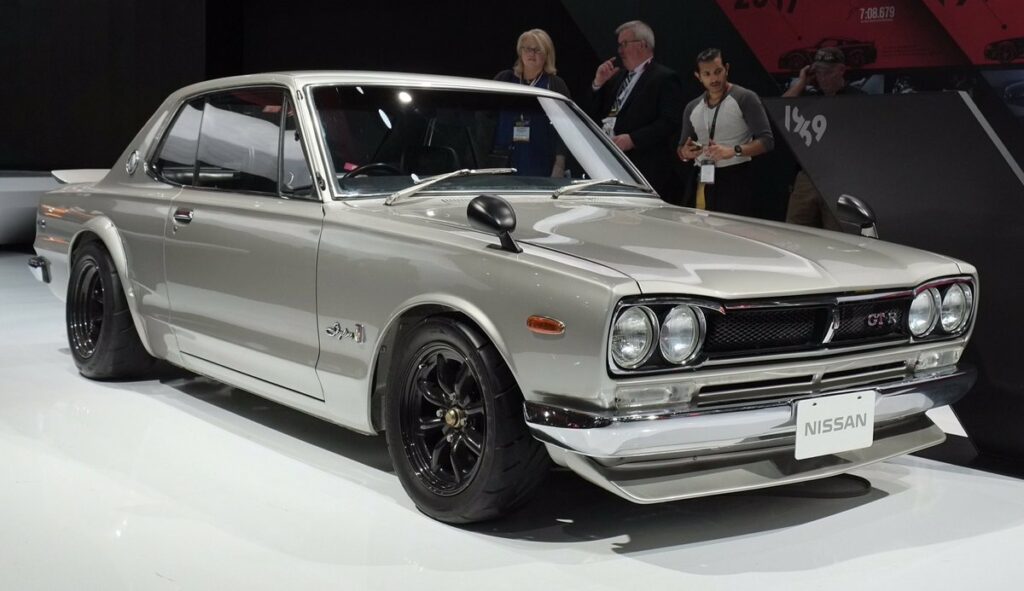
In 1971, Nissan launched the KPGC10 coupe version. In addition to a high-revving engine, the car offered a 5-speed manual transmission, racing seats, Solex carburetors, and a limited-slip differential. With over 800 units sold, Hakosuka has been a collector’s item with skyrocketing prices.
Nissan Skyline GT-R Second Generation – KPGC110 – Kenmeri – 2000 GT-R (1973)
The KPGC110 was probably the rarest generation of the Skyline GT-R, with only 197 cars. This GT-R generation used an inline 6-cylinder engine (I6) paired with a 5-speed manual transmission equipped with disc brakes at the front and rear for the first time.
Its nickname was Kenmeri, following the influence of the promotional episode that shows a young couple, Ken and Mary, enjoying a vacation in Hokkaido.
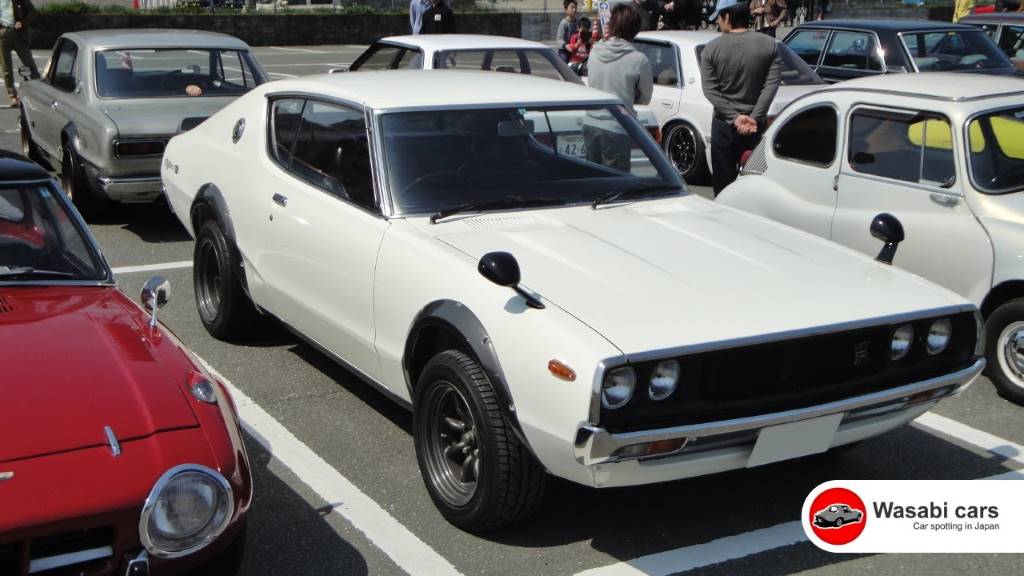
The second generation KPGC10 was produced during the crisis of the 70s when the purchasing power of cars and sports cars decreased. And unfortunately, Nissan abruptly discontinued the Skyline GT-R in response to this event.
Added info, the KPGC110 2000 GT-R was also the last version to use the correct GT-R name until the R32 generation came out 16 years later. In the middle period, Nissan also launched some versions of Nissan, such as the C210, R30, or R31.
Nissan Skyline R31 2000 GTS-R (1985-1989)
In August 1985, years after the oil crisis, Nissan introduced the Skyline R31 2000 GTS-R using a DOHC 6-cylinder engine (I6) with a capacity of 210 horsepower at 6,400 rpm and maximum torque of 245 Nm at 4,800 rpm. In time, only 800 R31s were built for the Touring Car Group A race.
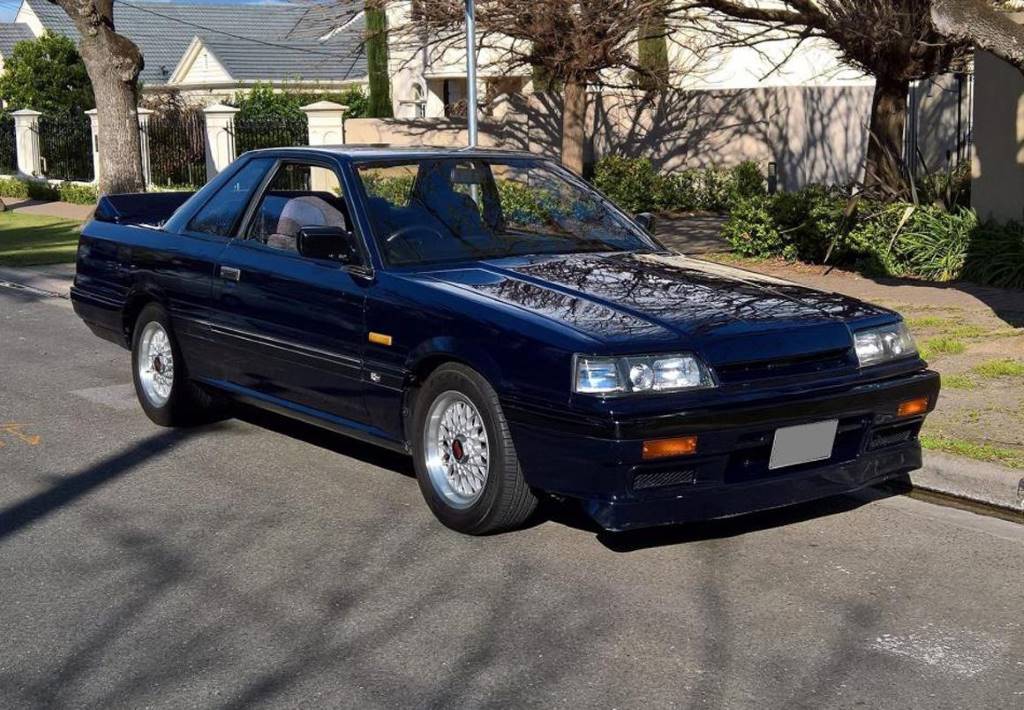
Nissan Skyline GT-R R32 (1989-1994)
The Nissan Skyline GT-R rise back in 1989 with the Skyline GT-R R32 (codename BNR32). The original Nissan Skyline GTR R32 went into production on May 22, 1989, to meet the demand for 5,000 racing cars.
The car used a 4-wheel drive system and a 2.6-liter turbo inline 6-cylinder engine made by Nismo. Its engine produced 382 horsepower at 6,800 rpm and maximum torque reached 353 Nm at 8,000 rpm. There were a total of 43,394 R32s, and the white color made up the bulk of it.
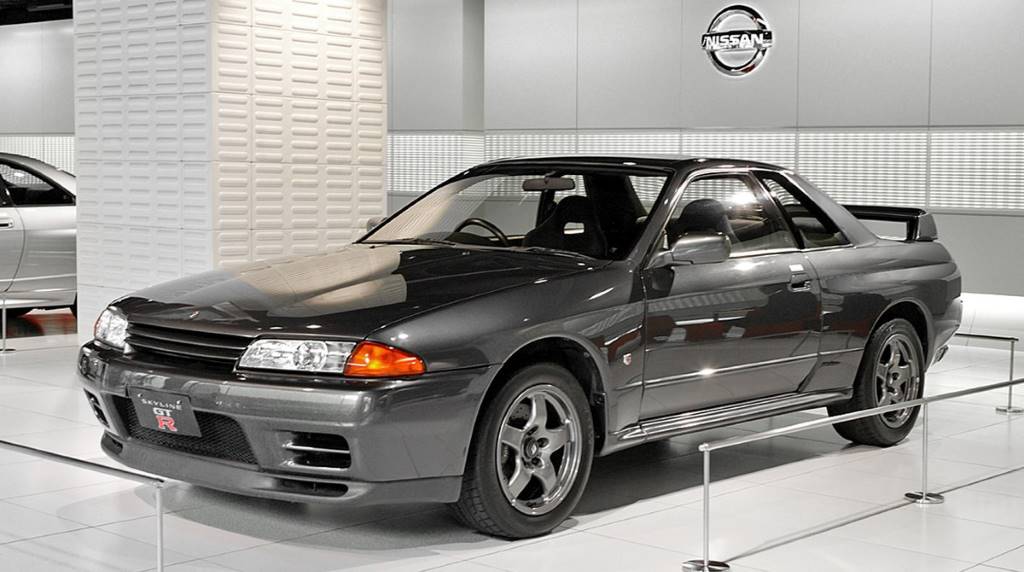
In 1991, Australia became the first export market of GT-R with the R32 series. After the GT-R R32 knocked the Ford Sierra Cosworth off the podium at the Australian Touring Car Championship, the Australian media began calling the GT-R “Godzilla, the monster from Japan” as a metaphor for the car’s influence just like the movie Godzilla (1954).
Being another R32 version showing the ambition of Nissan, the Nismo Skyline R32 V-Spec ‘Victory’ high-performance version was introduced later. There are only 560 Nissan R32 V-Spec units over the world, and the only paint option was Grey Gun Metallic.
Nissan Skyline R33 GT-R (1995-1998)
The Nissan Skyline R33 GT-R was launched in January 1995 as the successor and reused the BCNR33 engine and gearbox of the legendary R32. Being about 100 kg heavier than the predecessor, the car had improved features on all Skyline GT-R’s problems.
The car had many different versions such as V-Spec, LM, N1, and even 400R, offering a 2.8-liter inline-six called the RB-X GT2. Only 44 units of this 394-horsepower model were available, so finding a picture of this model nowadays is pretty hard.
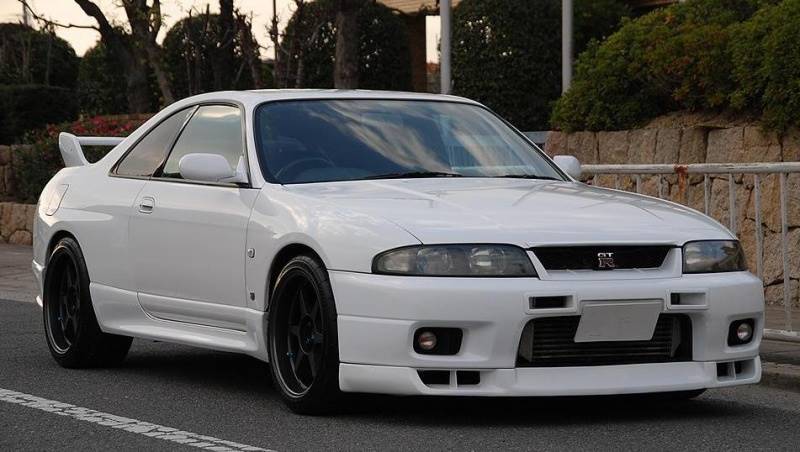
The Skyline R33 was also highly rated for safety thanks to being equipped with 5 airbags. With this generation, Nissan also developed a new sedan variant.
Though the R33 GTR had been surpassing the Ford and Holden V8s in terms of fame, there was still a drawback. In detail, its damaged oil pump and the engine intake system all needed several improvements.
Breakthrough Generation Nissan Skyline GT-R R34 (1999 – 2002)
The Skyline R33 was already a good racing coupe, but the R34 was even more than that. The RB26DETT engine power of the R34 was better than the R33 because it offered a capacity of 276 hp at 6,800 rpm. The Skyline R34 was compared with rivals such as Subaru Impreza (1998 – 1999), Impreza WRX Sti (G2) (2001 – 2007), or Mitsubishi Evo VIII (2002 – 2005).
A breakthrough new piece of equipment in this generation was a 5.8-inch LCD multifunction screen in the center of the dashboard displaying statistics and information from the engine. Information such as G-force, boost pressure, throttle position, and speed at each wheel was all fed into the computer. At that time, the cost of a Skyline GT-R with options and full-packed equipment could go up to 90,000 USD.
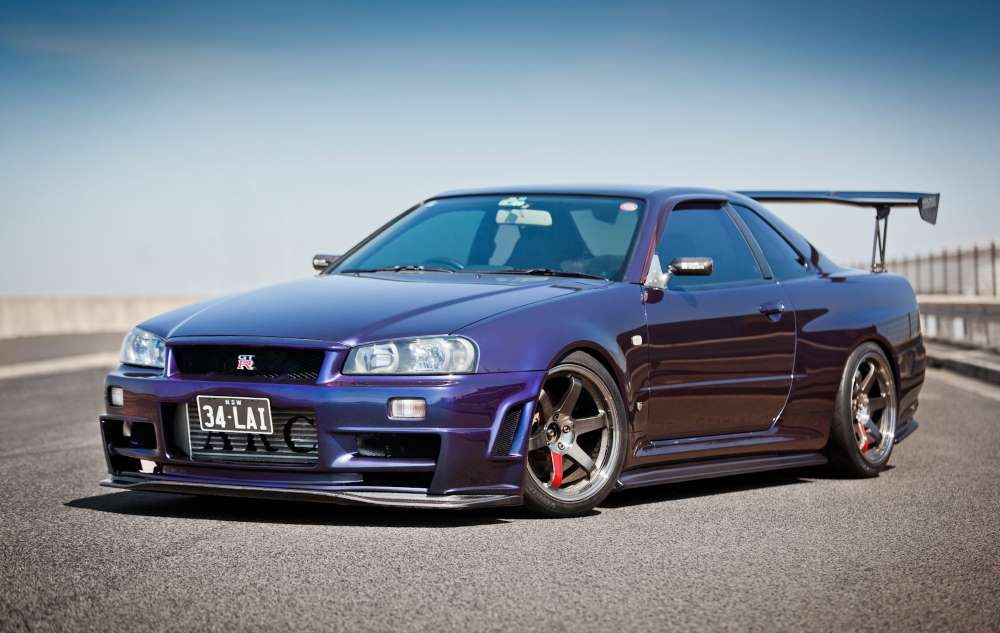
Nissan had equipped the electronically controlled ‘ATTESA-E-TS PRO’ traction intervention system at all four wheels (AWD) specially designed for road and track use.
It employed a wide range of sensors and two wet clutches to optimize torque distribution between the front and rear axles. The car also eliminated slope and provided optimal traction and stability during acceleration, braking and cornering.
The Modern Generation Nissan GT-R R35 (2007)
Developed from the GT-R concept at the 2005 Tokyo Motors Show. As many expected, Nissan brought the R35 to the US in July 2008, and drivers could buy a GT-R for $70,000 in any Nissan dealers. At this point in the vehicle’s history, the GT-R (R35) was no longer ‘Skyline’.
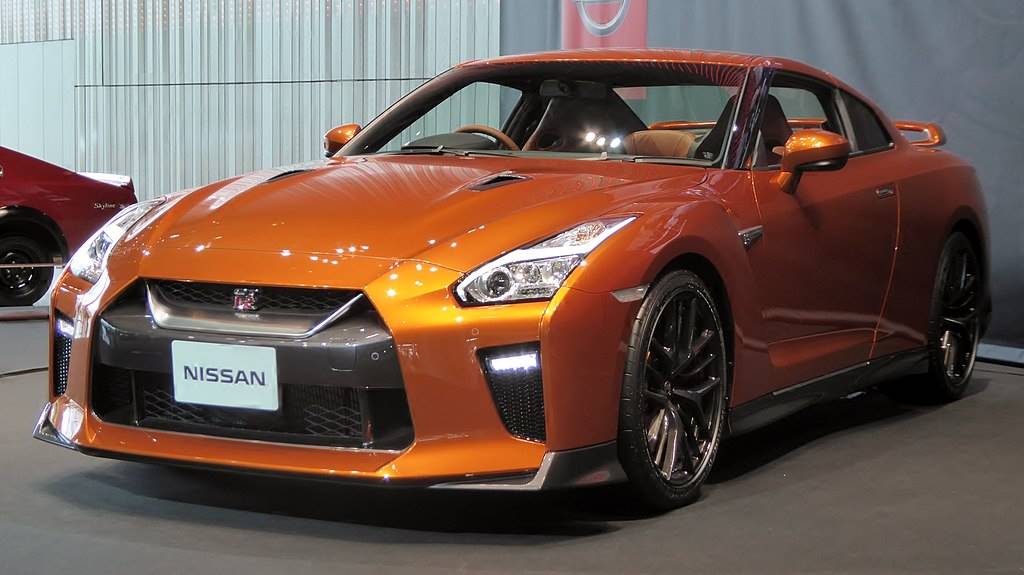
Nissan had brought major changes in this generation with a larger and more robust design. Powering the Nissan GT-R R35 was a V6 engine block with a capacity of 3.8 liters, producing a maximum capacity of 473 horsepower.
Nissan GT-R R35, compared to a GT-R R34, had good balance and an almost perfect 50:50 weight distribution. And its gearbox was extremely flexible for response and shifting.
The Newest Generation Nissan GT-R 2017
Nissan introduced a new front end to the 2017 GT-R with a chrome V-shaped grille connected to the 2 ribs on the bonnet, a more angular and straight front bumper, wider air intakes, and integrated LED daytime running lights.
Powering the 2017 Nissan GT-R was a V6 engine block, twin turbocharger, and 3.8-liter capacity, producing a maximum capacity of 565 horsepower at 6,800 rpm and maximum torque of 633 Nm at 3,300 – 5,800 rpm.
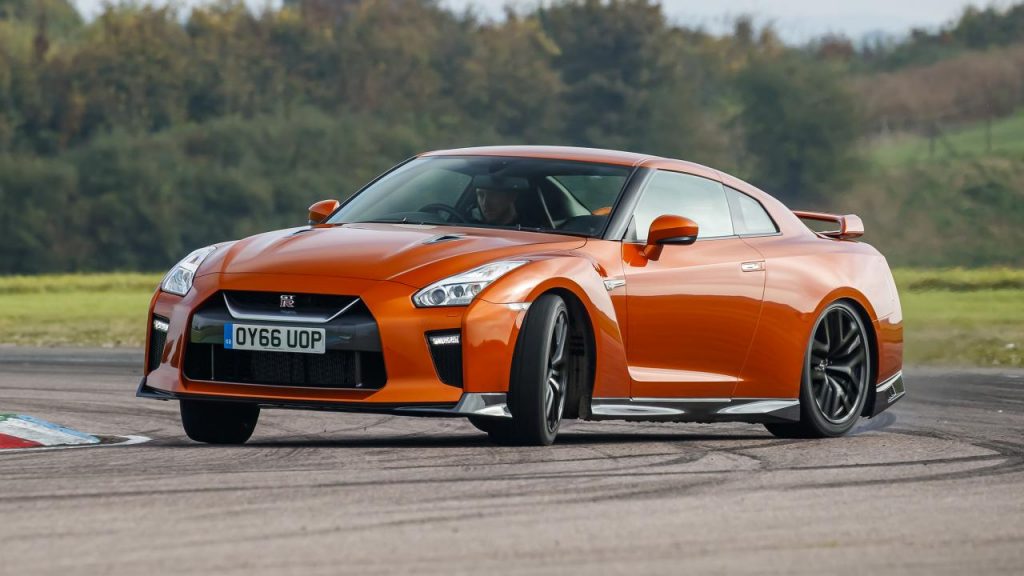
Compared to the old version, the 2017 Nissan GT-R was 20 hp and 5 Nm more powerful. The car used an improved 6-speed dual-clutch transmission to reduce noise and shift gears faster.
Fun Facts On Skyline GT-R History
- Nissan Skyline GT-R was under the umbrella of Nismo (Nissan Motorsport), similar to AMG from Mercedes-Benz and M-Division from BMW.
- Nissan made the Skyline’s engine and dual-clutch gearbox by hand. So the Nissan Skyline GT-R production was only 1,000 vehicles per month.
- The design of the GT-R (excluding the previous generation Skyline) is a cultural collaboration. Nissan’s American design team sculped three-quarters of the car.
- The creators of Gran Turismo, or Polyphony Digital helped design and look at the display on the GT-R.
- Nissan Skyline GT-R was assembled only at the Nissan factory in Kaminokawa, Tochigi, Japan.
- The Nissan Skyline GT-R R34 is illegal in the US.
- R35 – Extreme Turbo Systems Nissan GT-R 2000+ horsepower has twice won the title of the fastest GT-R in the world.
- Racing versions of the GT-R by Nismo have won several prestigious races, including the 2009 FIA GT World Championship.
- From 2009 to 2015, GT-R engine efficiency increased by nearly 24%.

